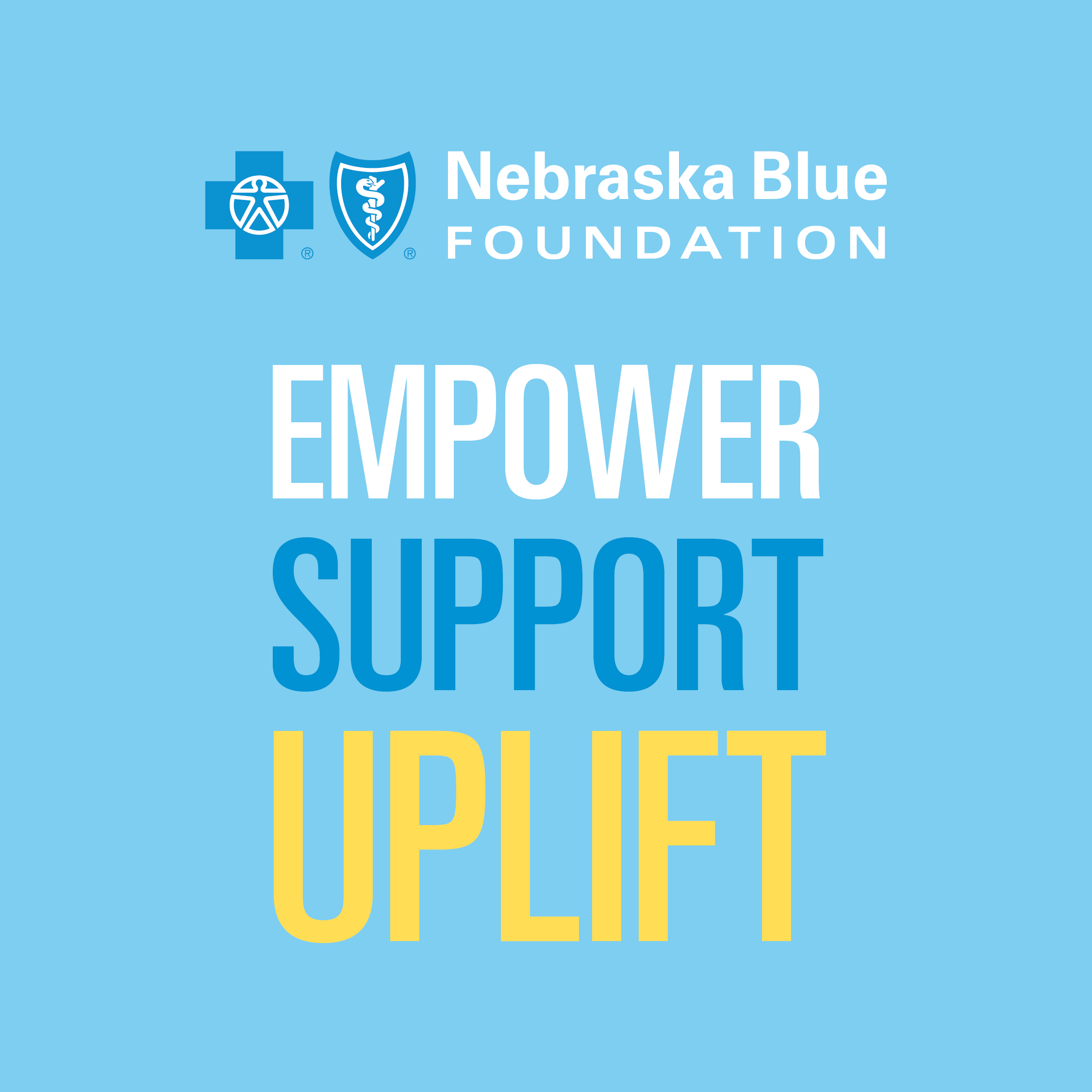The holidays are right around the corner, but before the festivities begin, many employees will tackle the challenges of another season: open enrollment.
What is open enrollment?
Open enrollment is a set period of time where employees can review and elect benefits, including health insurance, for the following year.
Most employers complete open enrollment in early November with a Jan. 1 start date for elected benefits, but that’s not always the case, Kara Teri, Blue Cross and Blue Shield of Nebraska (BCBSNE) compensation and benefits analyst, said.
“Some employers choose to have their plan run from June to the end of May as opposed to January to the end of December,” Teri said. “They might push their open enrollment period back to the first quarter of the new year.”
Learn the lingo
Regardless of when a company’s open enrollment period is, it’s important for employees to know a few key health insurance terms to understand their plan options. Teri recommends employees familiarize themselves with the following definitions:
- Preferred Provider Organization (PPO): A health benefit program offering the highest level of benefits to members when they obtain services from a physician or hospital designated as a PPO provider.
- High Deductible Health Plan (HDHP): A health plan that satisfies certain requirements with respect to deductibles and out-of-pocket expenses.
- Deductible: The amount you pay for health services each calendar year before your insurance begins to pay.
- Coinsurance: The percentage of the bill you pay after meeting your deductible.
Visit BCBSNE’s glossary to discover additional terms.
Enrollment factors to consider
When employees are ready to elect a health plan, Teri recommends they consider several factors, including who will use the plan, which network will provide the best coverage for their needs and how out-of-pocket costs will impact them.
“PPO plans have copays, so that could be easier to plan for since you know how much a doctor’s visit will cost,” Teri said. “With a high deductible health plan, you would pay in full until your deductible is reached, so those costs could be more up in the air.”
Teri recommends employees consider which financial situation is easier for them.
Look at the whole picture
Lori Feilmeier, BCBSNE compensation and benefits analyst, said when it comes to choosing a health insurance plan and other benefits, it’s important for employees to look at the whole picture.
“Familiarize yourself with how your benefits work together and utilize your benefits in a cohesive package,” Feilmeier said. “You should plan for the long run because a lot of benefits span your career and into retirement.”
For more articles like this one, click here.






